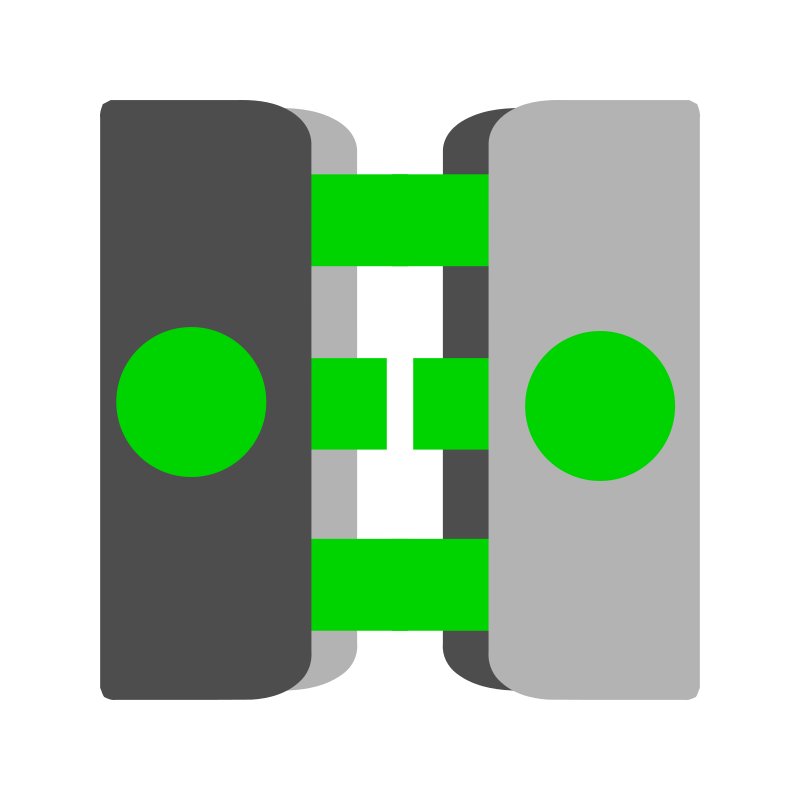Exploring Triangles in Geometry
Triangles are one of the most fundamental and versatile polygons in geometry. Comprising three sides and three angles, they are the simplest closed figures and form the basis for understanding more complex shapes and structures in various mathematical and real-world applications.
What is a Triangle?
A triangle is a polygon with three edges and three vertices. It is the simplest two-dimensional closed figure.
The sum of the interior angles of any triangle in Euclidean geometry is always \(180^\circ\) (or \(\pi\) radians).
Types of Triangles (by Sides)
- Equilateral Triangle: All three sides are equal in length, and all three angles are \(60^\circ\).
- Isosceles Triangle: Two sides are equal in length, and the angles opposite these sides are also equal.
- Scalene Triangle: All three sides have different lengths, and all three angles have different measures.
Types of Triangles (by Angles)
- Acute Triangle: All three interior angles are acute (less than \(90^\circ\)).
- Right Triangle: One interior angle is exactly \(90^\circ\). The side opposite the right angle is called the hypotenuse, and the other two sides are legs.
- Obtuse Triangle: One interior angle is obtuse (greater than \(90^\circ\)).
Key Properties and Formulas
- Perimeter: The sum of the lengths of its three sides.
- Area: Commonly calculated as \(\frac{1}{2} \times \text{base} \times \text{height}\). For any triangle, also by Heron's formula if all side lengths are known, or \(\frac{1}{2}ab\sin C\).
- Pythagorean Theorem: For a right triangle with legs \(a, b\) and hypotenuse \(c\), \(a^2 + b^2 = c^2\).
- Trigonometric Ratios: In a right triangle, sine, cosine, and tangent relate angles and side lengths (SOH CAH TOA).
- Triangle Inequality Theorem: The sum of the lengths of any two sides of a triangle must be greater than the length of the third side.
- Congruence: Triangles are congruent if they have the same size and shape (e.g., SSS, SAS, ASA, AAS criteria).
- Similarity: Triangles are similar if they have the same shape but possibly different sizes (e.g., AA, SSS, SAS criteria for similarity).
Special Lines and Points in a Triangle
- Altitude: A line segment from a vertex perpendicular to the opposite side (or its extension). The altitudes intersect at the orthocenter.
- Median: A line segment from a vertex to the midpoint of the opposite side. The medians intersect at the centroid (center of mass).
- Angle Bisector: A line segment that bisects an angle of the triangle. The angle bisectors intersect at the incenter (center of the inscribed circle).
- Perpendicular Bisector: A line segment that bisects a side and is perpendicular to it. The perpendicular bisectors intersect at the circumcenter (center of the circumscribed circle).
Applications of Triangles
Triangles are widely applied in:
- Architecture and Engineering: For structural stability due to their rigid shape.
- Cartography and Surveying: Triangulation for mapping and determining distances.
- Physics: Vector resolution and force analysis.
- Computer Graphics: Building meshes for 3D models.
- Navigation: Estimating positions using triangulation.
📋
Contents
↑
